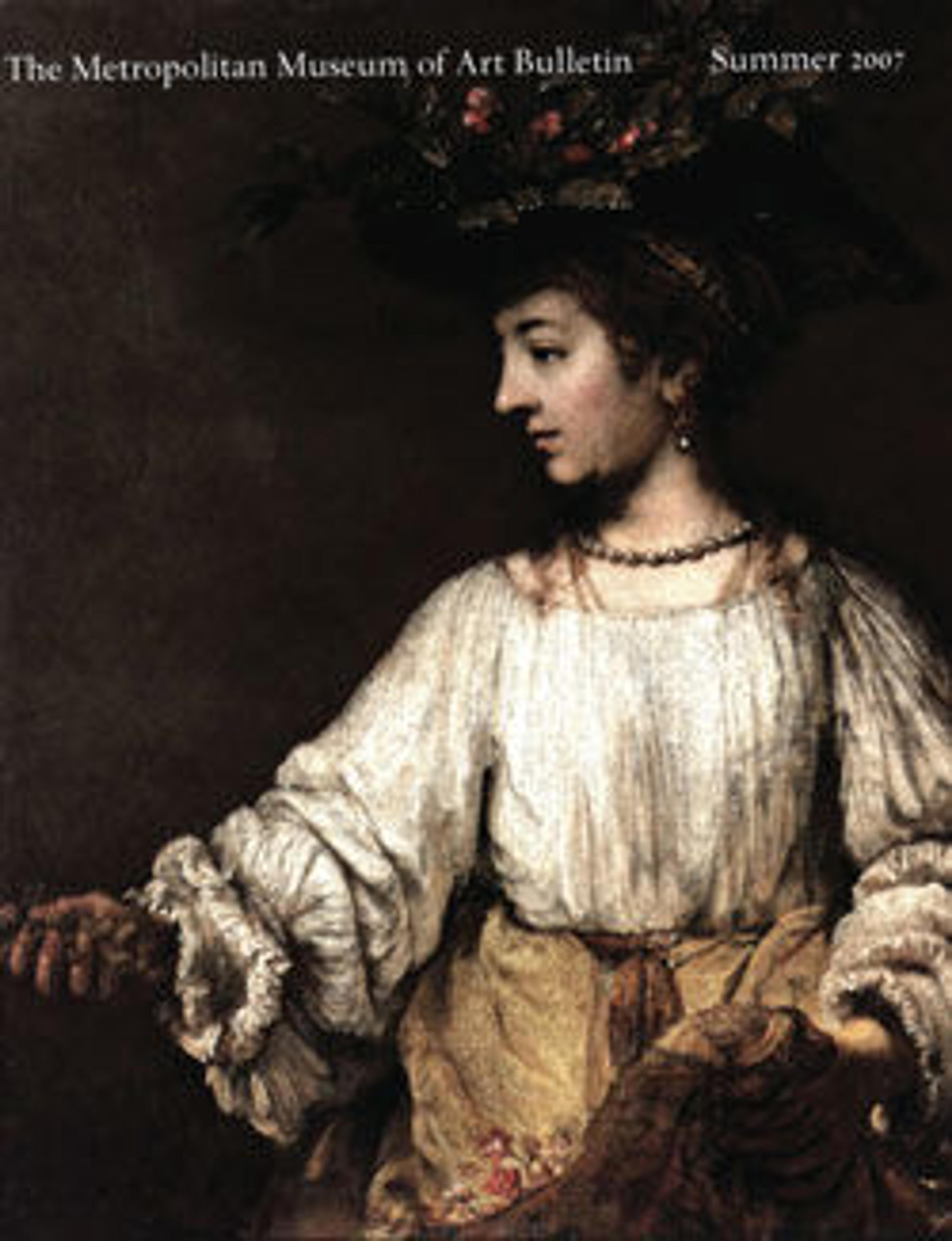Equestrian Portrait of Cornelis (1639–1680) and Michiel Pompe van Meerdervoort (1638–1653) with Their Tutor and Coachman
This portrait of two adolescent scions of an eminent family was most likely commissioned by their widowed mother. Instead of depicting an actual country estate, Cuyp placed a ruined castle in the background, evoking the sitters’ ancient lineage. Astride horses, accompanied by retainers and hounds, the two youths pose as propertied huntsmen, ready at any moment to depart for the conquest of their prey. Cuyp’s skill as a landscape painter is in tension with the relative awkwardness of the figures.
Artwork Details
- Title: Equestrian Portrait of Cornelis (1639–1680) and Michiel Pompe van Meerdervoort (1638–1653) with Their Tutor and Coachman
- Artist: Aelbert Cuyp (Dutch, Dordrecht 1620–1691 Dordrecht)
- Date: ca. 1652–53
- Medium: Oil on canvas
- Dimensions: 43 1/4 × 61 1/2 in. (109.9 × 156.2 cm)
- Classification: Paintings
- Credit Line: The Friedsam Collection, Bequest of Michael Friedsam, 1931
- Object Number: 32.100.20
- Curatorial Department: European Paintings
Audio
5047. Starting for the Hunt
0:00
0:00
We're sorry, the transcript for this audio track is not available at this time. Please email info@metmuseum.org to request a transcript for this track.
More Artwork
Research Resources
The Met provides unparalleled resources for research and welcomes an international community of students and scholars. The Met's Open Access API is where creators and researchers can connect to the The Met collection. Open Access data and public domain images are available for unrestricted commercial and noncommercial use without permission or fee.
To request images under copyright and other restrictions, please use this Image Request form.
Feedback
We continue to research and examine historical and cultural context for objects in The Met collection. If you have comments or questions about this object record, please complete and submit this form. The Museum looks forward to receiving your comments.
